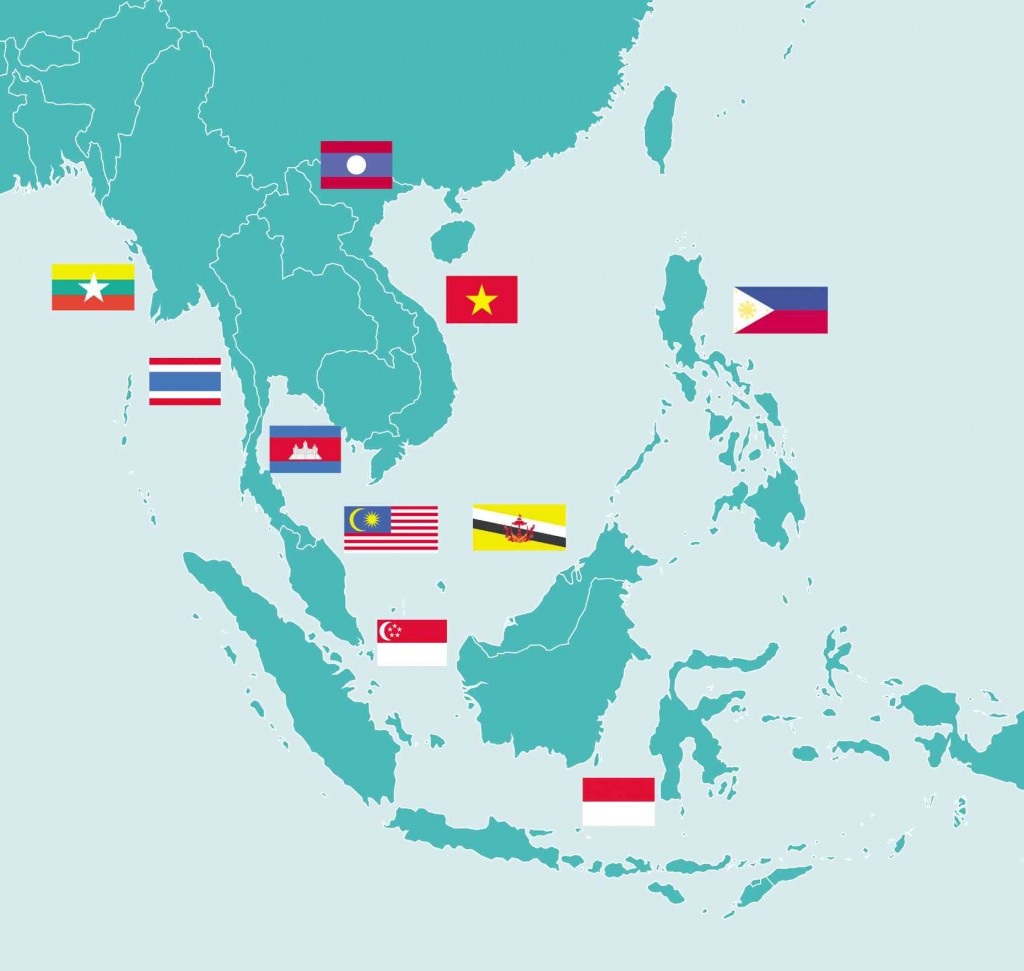AEC presents golden growth opportunities

And while much more needs to be done for the 10 member-states to achieve a “true single market,” Philippine companies can already take advantage of the lucrative trade and investment opportunities presented by the establishment of the Asean Economic Community (AEC).
Within AEC, as defined by Asean, there will be a free flow of goods, services, skilled labor, investments and capital.
Ceferino S. Rodolfo, managing head of the Board of Investments (BOI), said companies engaged in the manufacture of processed food products, services, and retail are among those that are likely to benefit significantly from an economically integrated region.
“The opportunities are still in the manufacturing sector, particularly for food products, as well as services and retailing. It really depends on the market they want to tap,” Rodolfo told the Inquirer.
Asean hub
Article continues after this advertisementBut what was more critical at this point, according to Rodolfo, was for Philippine companies to take advantage of the country’s inclusion in the generalized scheme of preferences of the European Union (EU) and the United States (US), two of the country’s and the region’s biggest markets and sources of investments.
Article continues after this advertisementThe EU GSP+ allows the zero-duty entry to the 28-member bloc of locally made products across 6,200 lines within a 10-year period.
Some of the Philippines’ most important exports to the EU include processed fruit and foodstuffs; coconut oil; footwear; fish and textiles.
Trade officials earlier noted that the inclusion would not only boost investments, jobs and Philippine exports to Europe by as much as 611 million Euros or roughly P38 billion, but would also strengthen the country’s pitch as an attractive production hub in the region.
Meanwhile, the US GSP, which will expire by December 2017, eliminates duties on about 5,000 types of products if American firms import these from 122 designated beneficiary countries and territories, including the Philippines.
“We need to position the Philippines as a hub. We need to use the country’s inclusion in the GSP schemes as a way to attract investors here—not only the Asean companies, but other investors as well,” Rodolfo said.
Further challenges
The trade official noted, however, that there remained challenges that may hamper local companies’ bid to access these markets.
So far, the Asean has already tackled the tariff concerns for the economic integration.
The so-called non tariff barriers and standardization of procedures, meanwhile, represent the last mile toward the successful establishment of the AEC.
Non-tariff barriers come in many forms such as country accreditations and standards requirements, which largely impact the micro, small and medium sized enterprises as these companies often lack the resources needed to meet the stringent procedures imposed by other countries.
These barriers are being hurdled through the signing of mutual recognition agreements and the harmonization of standards across the region.
Potential benefits
Government officials in the region as well as private sector representatives are committed to making the AEC a reality as they know that the potential benefits will more than make up for the growth pains that come with establishing the single market.
Despite global uncertainties and foreign exchange volatilities, for example, the Asean economy has remained relatively resilient as the region’s collective gross domestic product breached the $2.57 trillion mark in 2014.
The average per capita GDP had also nearly doubled to hit $4,130 in 2014 from 2007, a joint statement from the 47th Meeting of the Asean Economic Ministers (AEM) in August showed.
Asean ministers earlier estimated the region’s growth to remain solid at 3.3 percent in 2015, which will further strengthen this year at 3.8 percent.
Prospects are indeed rosy. The question is now is whether local firms will be able to take full advantage of these rare opportunities that are opening up in the region.